Black Birch Tree
- November 25, 2024
- 0 comment
The Black Birch Tree, scientifically known as Betula lenta, is a remarkable tree species native to North America. Renowned for its distinctive sweet aroma and ecological benefits, this tree plays a crucial role in forest ecosystems by supporting biodiversity, improving soil health, and contributing to environmental stability.

Its botanical classification places it in the Betulaceae family, alongside other birch species, which are highly valued for their adaptability and ecological significance.
What Is a Black Birch Tree?
The Black Birch Tree, also referred to as the Sweet Birch or Cherry Birch, is a deciduous tree known for its smooth, dark bark that resembles the texture of cherry wood. Its leaves are simple, ovate, and finely serrated, with a vibrant green color that transitions to a golden hue in the fall. This tree produces catkins—slender, cylindrical flower clusters—that are a key feature of many birch species.
Characteristics:
- Scientific Name: Betula lenta
- Bark: Smooth, dark brown to black with a sweet wintergreen aroma when scratched.
- Leaves: Alternately arranged, 2–6 inches long, with serrated edges.
- Flowers: Monoecious, with both male and female catkins on the same tree.
- Interesting Fact: The tree’s bark was historically used to extract wintergreen oil, an essential oil with medicinal properties.
Two Different Types of Black Birch Tree Species
While Betula lenta is the most recognized species, the broader birch family includes related species with varying characteristics.
River Birch (Betula nigra)
Found near water bodies, with peeling, salmon-colored bark.

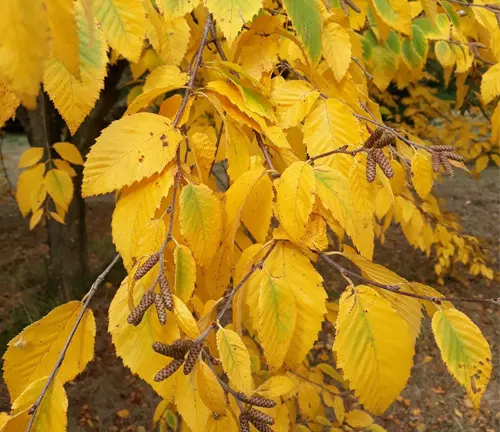
Yellow Birch (Betula alleghaniensis)
Recognized by its golden-yellow bark and preference for cooler climates.
Each species differs in size, habitat, and appearance, but all contribute to soil stabilization and forest health by providing shelter and food for various organisms.
Where Do Black Birch Trees Grow?
The Black Birch Tree is native to the eastern United States, thriving in regions from Maine to Georgia. It prefers cool, moist environments and is commonly found in deciduous forests, rocky hillsides, and upland slopes.
Adaptations and Ecological Role:
- Climate Tolerance: While it thrives in temperate zones, the Black Birch can adapt to cold winters and moderate drought conditions.
- Soil Preferences: This species favors well-drained, slightly acidic soils but can grow in nutrient-poor conditions due to its ability to improve soil fertility.
- Acts as a pioneer species in disturbed areas, stabilizing soil and preventing erosion.
- Provides shelter and nesting sites for a variety of wildlife.
How to Grow and Care for Black Birch Trees
Growing a Black Birch Tree requires understanding its natural preferences and providing a suitable environment.
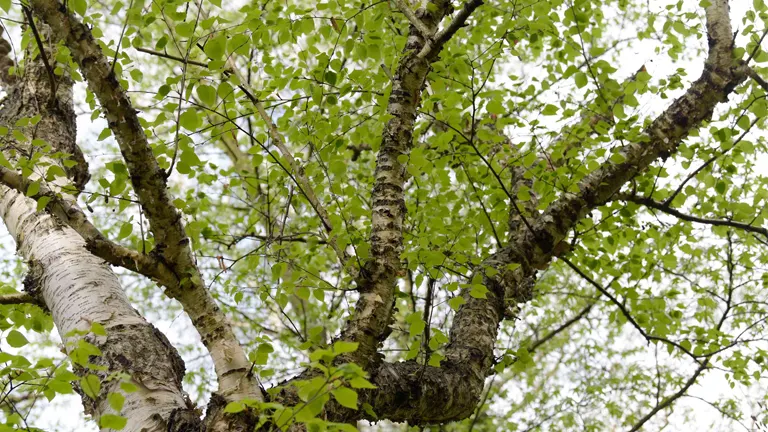
- Soil: Plant in well-drained, slightly acidic soil. Avoid areas prone to waterlogging.
- Sunlight: Prefers full sun but can tolerate partial shade.
- Watering: Water regularly during the first few years to establish roots. Mature trees are moderately drought-tolerant.
Propagation and Maintenance:
- From Seeds: Collect seeds from mature catkins in the fall. Stratify them in cold conditions before planting in spring.
- From Cuttings: Use semi-hardwood cuttings and root them in a moist growing medium.
- Prune dead or diseased branches annually.
- Protect from pests like birch borers and aphids by monitoring tree health and applying natural deterrents if needed.
Ecological Benefits of Black Birch Trees
The Black Birch Tree enhances ecosystems through its numerous ecological contributions:

- Soil Quality: Its leaves and bark decompose to enrich the soil with organic matter.
- Erosion Control: Its roots stabilize slopes, preventing soil erosion.
- Biodiversity: Supports a range of organisms, from pollinators like bees to seed-eating birds.
Black Birch Tree Flowering and Pollination
The Black Birch Tree typically flowers in early spring. Its flowers, or catkins, are modest in appearance but play a vital role in pollination. The wind-dispersed pollen ensures genetic diversity within birch populations.
- Flower Characteristics: Yellowish-brown male catkins and greenish female catkins.
- Pollinators: While primarily wind-pollinated, the tree also attracts insects that benefit from its pollen and nectar.
Is the Black Birch Tree Drought-Tolerant?
The Black Birch Tree is moderately drought-tolerant once established but thrives best with consistent moisture. In regions with limited rainfall, mulching around the base can help retain soil moisture and protect roots from temperature extremes.
Black Birch Tree and Wildlife Interactions
The Black Birch Tree is an integral part of local ecosystems, interacting closely with wildlife.
- Food Source: Its seeds, twigs, and bark provide nutrition for birds, deer, and other mammals.
- Shelter: Offers nesting sites for birds and insects, as well as shade for understory plants.
- Symbiotic Relationships: Supports mycorrhizal fungi, which enhance nutrient uptake for the tree and surrounding plants.
Conclusions
The Black Birch Tree (Betula lenta) is a cornerstone of temperate forest ecosystems. Its ecological roles—ranging from soil enrichment to wildlife support—underscore its importance in promoting biodiversity and environmental stability. Beyond its ecological contributions, the tree holds historical significance for its aromatic bark and medicinal properties. By preserving and planting Black Birch Trees, we contribute to healthier forests and a more sustainable planet.
Frequently Asked Questions (FAQs)
- What is a Black Birch Tree?
The Black Birch Tree (Betula lenta), also known as sweet birch or cherry birch, is a deciduous tree native to the eastern U.S., valued for its ecological and historical significance. - What are the main characteristics of the Black Birch Tree?
It features dark bark with a wintergreen aroma, serrated ovate leaves, and spring catkins for flowering. - Where do Black Birch Trees grow?
They thrive in cool, moist climates of the northeastern U.S. and southern Canada, often in rocky soils and hilly terrains. - How can I grow and care for a Black Birch Tree?
Plant in well-drained acidic soil, provide moderate water, ensure full to partial sunlight, and propagate using seeds or cuttings. - What are the ecological benefits of the Black Birch Tree?
It improves soil quality, prevents erosion, supports biodiversity, and offers shelter and food to wildlife. - When does the Black Birch Tree flower?
It flowers in early spring with male and female catkins that support pollination and seed production. - Is the Black Birch Tree drought-tolerant?
While it prefers moist conditions, it can tolerate short droughts with supplemental watering and mulching. - What role does the Black Birch Tree play in wildlife interaction?
It provides food (seeds), shelter for birds and small mammals, and supports symbiotic relationships with fungi.
We hope this guide has shed light on the Black Birch Tree’s unique traits and ecological value. Have experiences or ideas about conserving this tree? Share below to inspire others. Don’t forget to share this guide with those who love nature and sustainability!


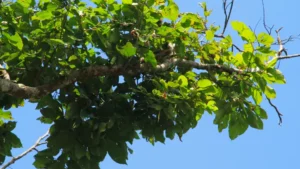

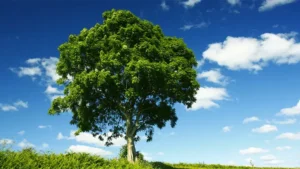
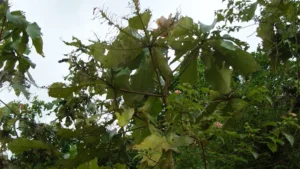
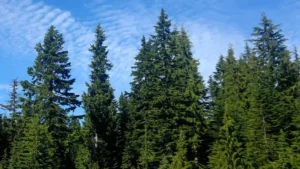
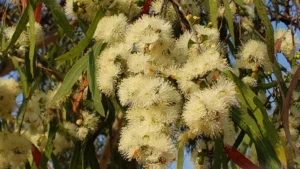
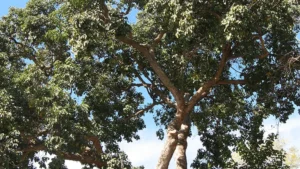
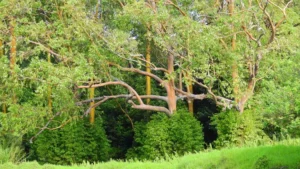
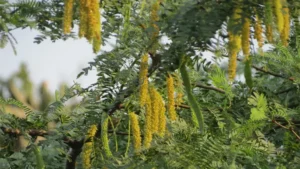
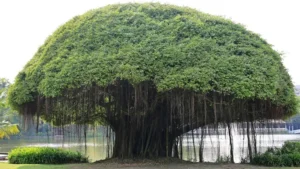
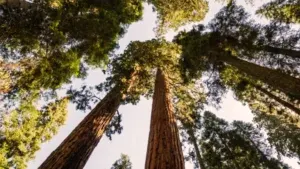
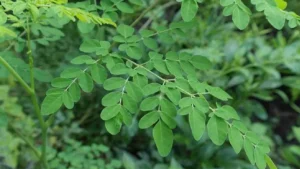
Leave your comment